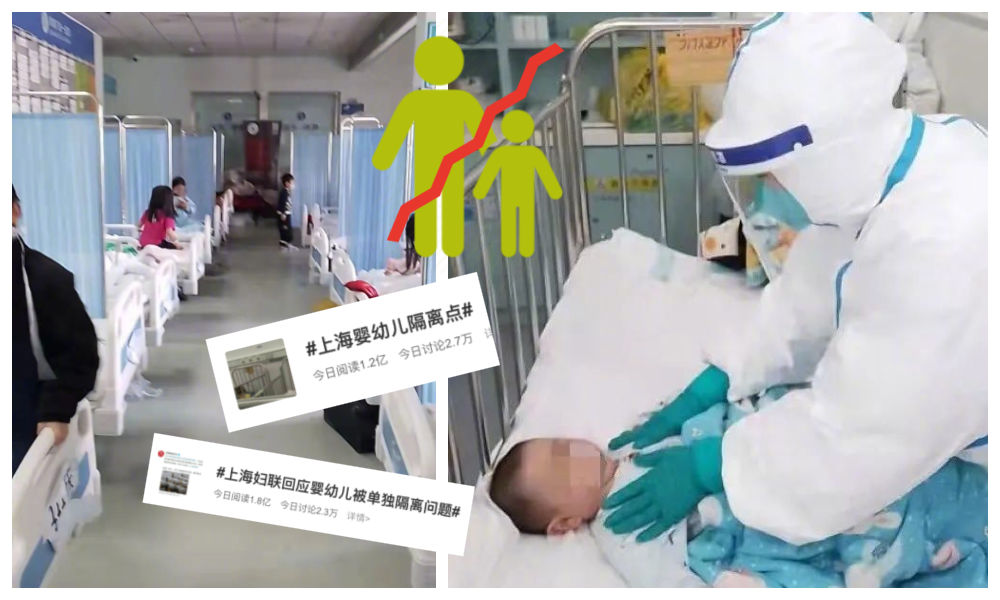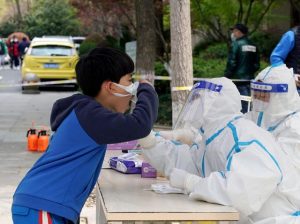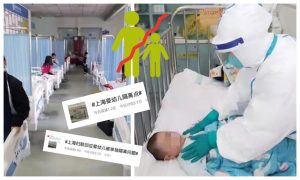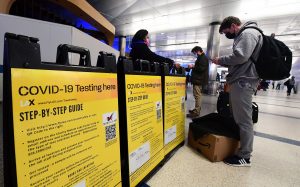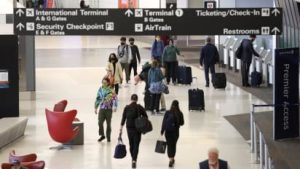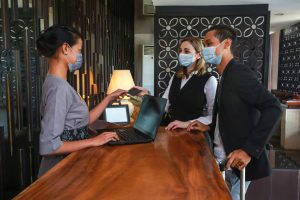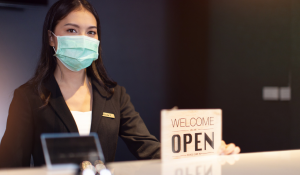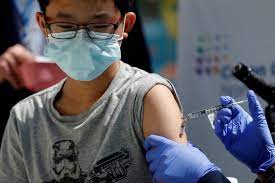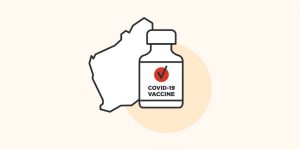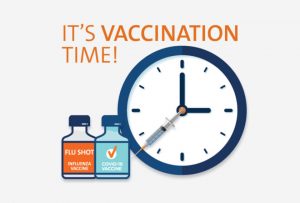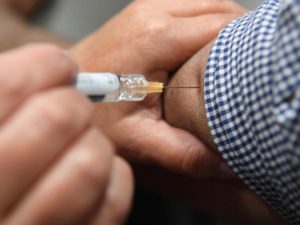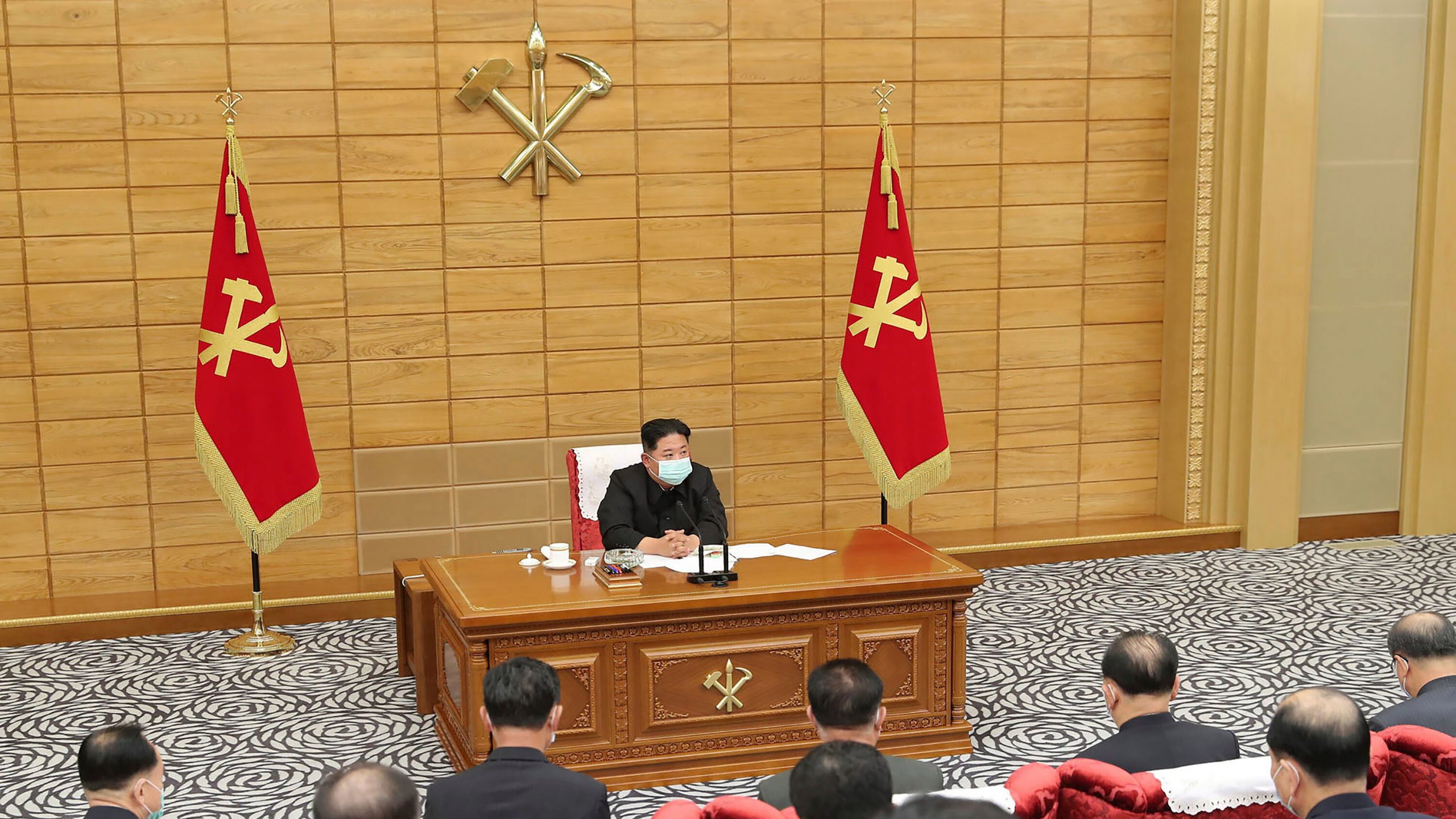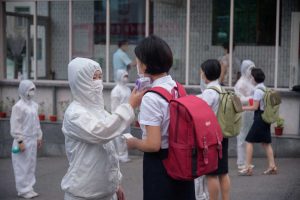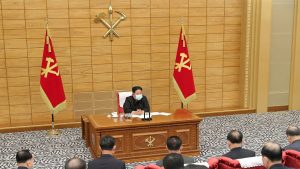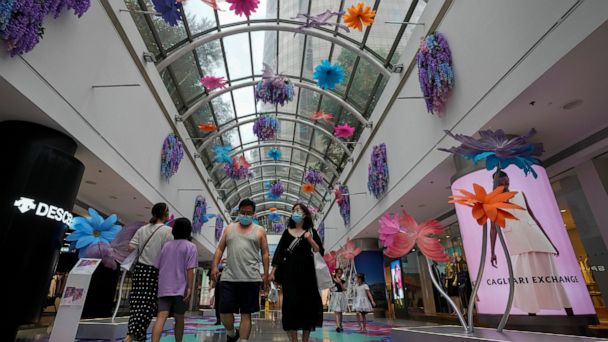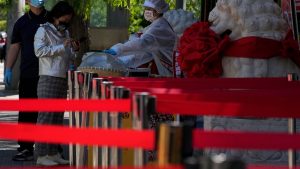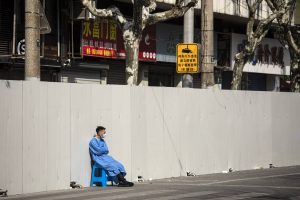Melbourne is emerging from its fourth lockdown of the pandemic, and many locals and businesses have been left wondering how many more they can take.
As Australia’s vaccine rollout continues to accelerate, questions are being raised about how we can gradually move away from a world of zero tolerance for outbreaks.
And with a series of restrictions still in place, the recent lockdown has once again raised questions about the responses to outbreaks of COVID in the future, and whether it is time to tolerate some cases rather than zero.
Margie Danchin, an immunisation researcher at Murdoch Children’s Research Institute, said public support for lockdown is shifting, particularly in Melbourne.
“Portions of the community at the moment really want zero COVID, but other people are getting to the point where they are willing to accept a few cases in the community,” she told 7.30 of ABC.
“I can understand why the decision was made to have a snap lockdown in Victoria, but I think we now need to be looking at how this can be nuanced and how to do it better moving forward.
“I think for the foreseeable future, we do need to learn to live with COVID, but the sooner that we can increase vaccination coverage, the less we will have of these snap lockdowns.”

/ Margie Danchin , Murdoch Children’s Research Institute
Zero COVID is it achievable?
In the middle of last year, the National Cabinet reaffirmed the goal of having no community transmission – effectively zero COVID – when the Prime Minister and premiers declared that “the goal remains suppression of COVID-19 until a point in time a vaccine or effective treatments are available, with the goal of no local community transmission.”
This decision is what’s underpinned many of the calls by state health officials to go into strict lockdown, and to keep the borders closed.
In the first few months of the pandemic, the purpose of lockdowns was to “flatten the curve”, to buy time for the healthcare system to prepare, and for contact tracing to get up to scratch.
We did so well at that, we overshot the mark.
“We stumbled our way to COVID zero,” said Brendan Crabb from the Burnet Institute.
“We found ourselves with an aggressive suppression strategy, leading unexpectedly to elimination in a bunch of states and territories.
“Through that recognition, [we] crept our way to a collective view that Australia really could eliminate community transmission.”

/ Brendan Crabb from the Burnet Institute
What is our goals
Zero COVID is great in the short term — it has meant Australia has avoided the unnecessary and calamitous death tolls seen in places like the US, UK and India. But it will make it harder for Australia to exit the pandemic compared to other countries, according to the World Health Organisation.
Dr Michael Ryan, the Executive Director of the WHO Health Emergencies Programme, recently acknowledged the awkwardness that “zero COVID” countries like Australia now face as they ponder the transition from hermithood to a post-pandemic world.
“It is difficult decision now for many countries who have managed to keep a very low or a zero-COVID strategy in place for so long to open up again, with the possbilities – and in fact, the probability – that disease may be reimported from other countries in which the disease is not under control,” he said.
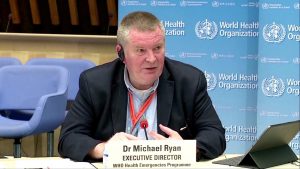
/ Dr Michael Ryan, the Executive Director of the WHO Health Emergencies Programme

/ James Merlino, Acting Premier of Victoria
Mr Merlino, Acting Premier of Victoria, wasn’t prepared to put a number on what percentage of the population should be vaccinated before he’d take lockdowns off the table in future outbreaks.
“Every jump in the percentage of our population that is vaccinated, either fully vaccinated or at least having their first dose, is a step forward,” he said.
“At the moment, 2-3 per cent of our population is fully vaccinated, and less than a quarter have received a first dose.
But as the pandemic rages around the world, and pressure mounts to speed up the vaccination campaign and re-open borders, should our political leaders be starting the conversation about how much risk we are prepared to take?
A delicate balance
Leigh Sales put the issue to Scott Morrison a month ago when she asked: “Are political leaders going to have to have an honest conversation with Australians about what living with risk looks like?”
He responded: “That’s exactly the conversation that Australia’s government leaders are having through the National Cabinet.”
Apart from the occasional devastating hole in hotel quarantine, the biggest hole seems to be the lack of national coherence as the varying state strategies for dealing with outbreaks suggest.
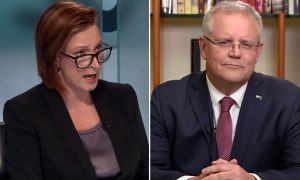
/ Leigh Sales put the issue to Scott Morrison
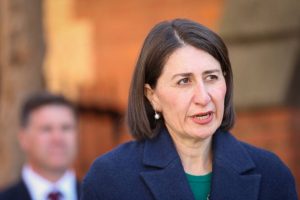
/ NSW Premier Gladys Berejiklian
New South Wales Premier Gladys Berejiklian preferred to use localised lockdowns rather than shutting down an entire city or state.
“You shouldn’t burden your citizens any more than you need to,” Ms Berejiklian.
” You shouldn’t instill fear to the extent where you take rights away from people unless you absolutely have to.”
She has been praised by her constituents for that approach, but so too have premiers who have achieved zero cases using harsher methods.
New South Wales Premier Gladys Berejiklian has been an outlier sticking to a consistent theme of keeping as much of the state open as possible.
Her way isn’t the only way
The ease with which WA Premier Mark McGowan and Queensland Premier Annastacia Palaszczuk were re-elected off the back of strict approaches to keeping COVID out of their states — especially through closed borders — shows that most of the public have been strongly in favour of strong measures to get to zero COVID.
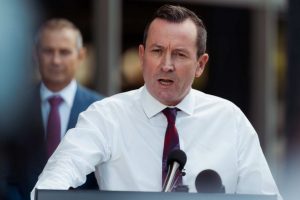
/ WA Premier Mark McGowan
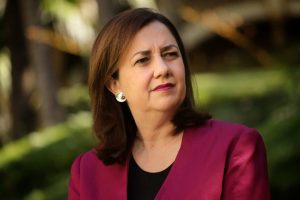
/ Queensland Premier Annastacia Palaszczuk
And of course, that’s been shown by the public support for Victoria’s political leaders, despite 140 days of lockdowns in Melbourne compared to an average of six in other cities.
But how sustainable is our hard-earned “freedom”? And how does the business community now feel about it?
“The reality is we have to live with COVID. COVID is global. We cannot stay on an island forever trying to bat it away,” said Innes Willox, the head of Australian Industry Group.
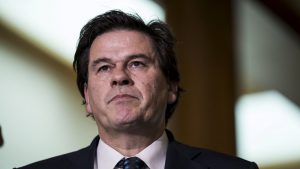
/ Innes Willox, the head of Australian Industry Group
The Melbourne outbreak has highlighted an important questions that our political leaders still don’t seem prepared to answer just yet.
What percentage of our population needs to be vaccinated before we have reached “herd immunity” and lockdowns can be taken off the table? And do the states need to be in agreement on this figure?
That might be one for the next National Cabinet meeting.



 COVID-19 Around the World4 years ago
COVID-19 Around the World4 years ago
 Cuisine Explorer5 years ago
Cuisine Explorer5 years ago
 Tagalog5 years ago
Tagalog5 years ago
 Cantonese - Traditional Chinese5 years ago
Cantonese - Traditional Chinese5 years ago
 Uncategorized5 years ago
Uncategorized5 years ago
 Uncategorized5 years ago
Uncategorized5 years ago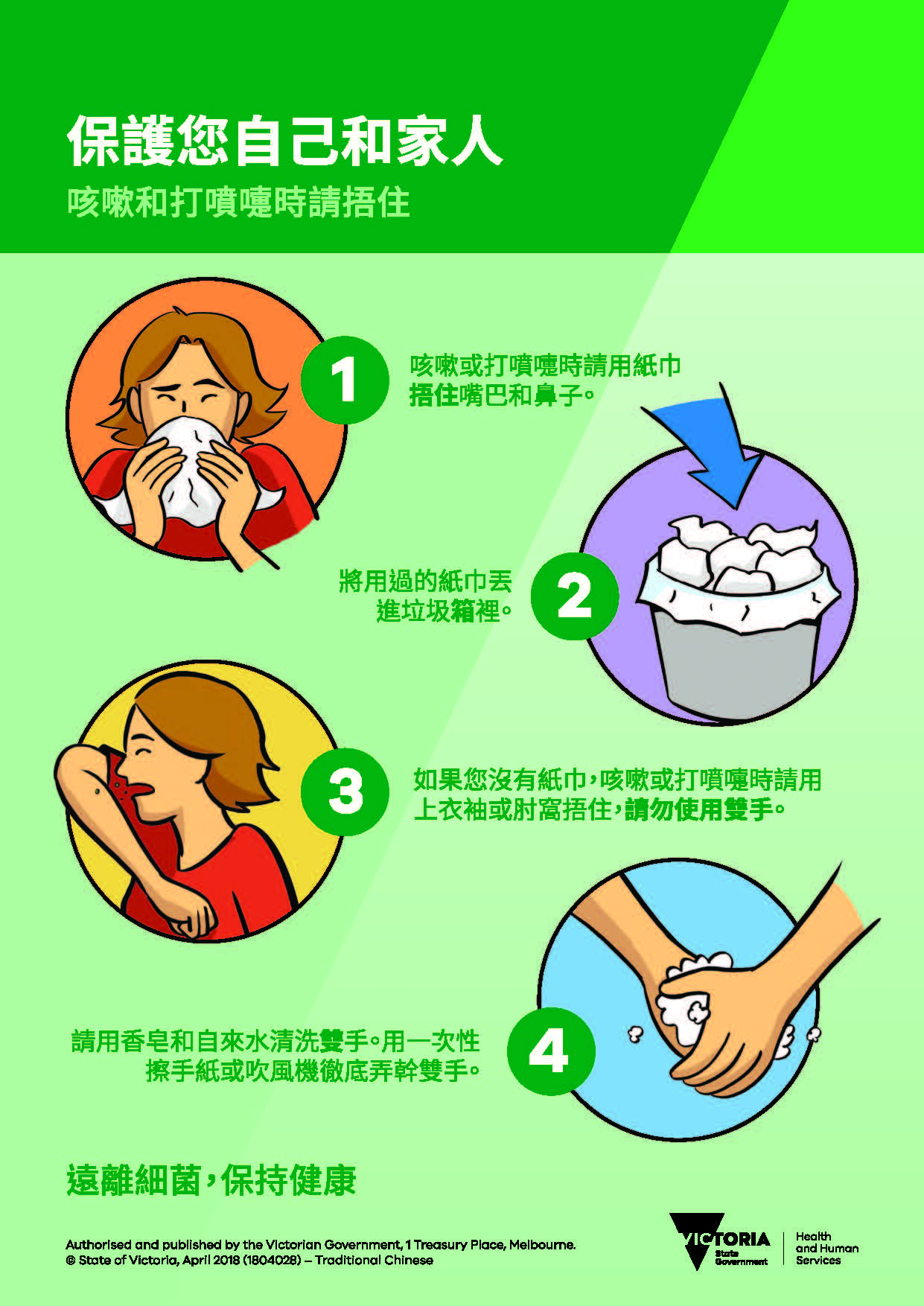
 Cantonese - Traditional Chinese5 years ago
Cantonese - Traditional Chinese5 years ago











